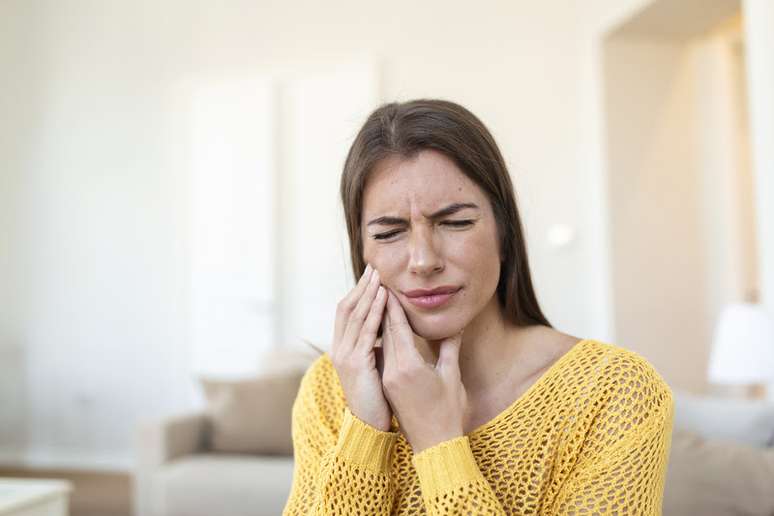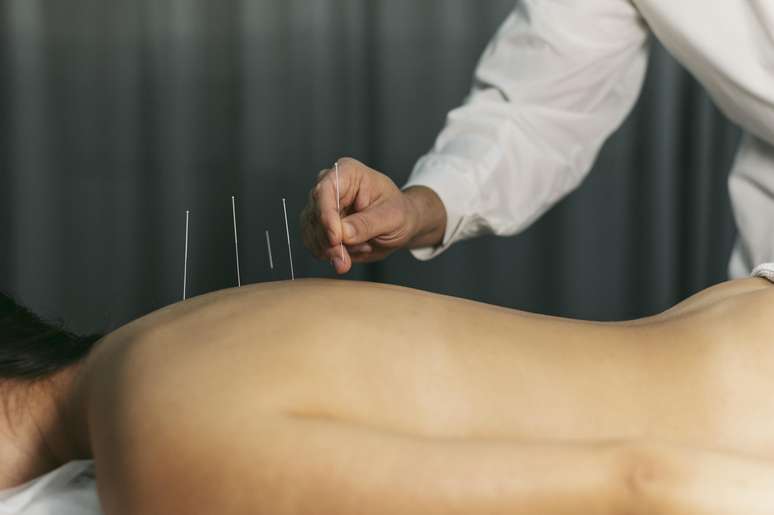It may not seem, but anxiety can play an important role in bruxism
Expert explains the signs that differentiate the disorder from other dental problems and guides prevention and treatment
Bruxism, a habit of grinding or squeezing the teeth, has become increasingly common and is closely related to the modern lifestyle, marked with high levels of stress and anxiety. Although many people associated the problem only with dental wear, its consequences go far beyond oral health and can also affect general well -being.
Heitor Castro, professor of dentistry of an itummbiara, underlines that the emotional factor has a great influence on the development of the disorder. “Stress and anxiety increase the activity of the central nervous system, in particular the sympathetic nervous system. This leads to greater muscle tension, including chewing muscles, favoring habits how to squeeze or grind your teeth.”
Contrary to popular belief, Bruxism does not only occur during sleep. The teacher notes that it can also occur during the day, with different characteristics. The night is generally associated with unconscious episodes, which affect the quality of rest, while the day tends to be attached to moments of concentration or tension.
Consequences of bruxism for health
Being aware of the signs of the body is the first step to identify bruxism and avoid more serious complications. Frequent headaches, cracks or sensitive teeth, broken restorations, muscle tension and agitated sleep are some of the symptoms that require a professional evaluation.
The complications are wide: “causes dental and restoration fractures, gingival retraction, sensitivity, pain and fatigue in the muscles of the face, neck and shoulders”, says Castro. According to the expert, it can also cause a temporo -grim (TMJ) articulation overload, leading to dysfunction (TMD) and tensal headache, as well as compromising the quality of sleep and affecting psychological health.
The teacher adds that the use of bite plates does not eliminate the cause of bruxism, “but are essential to protect the teeth, relieve pain and preserve the results from complex dental treatments. They act as a damage control barrier, especially in patients under intense stress”. In addition, daily practices such as relaxation exercises, stress management, sleep hygiene and reduction of stimuli such as caffeine can help control episodes.
How to differentiate from other dental problems
The correct identification of bruxism is essential to avoid confusion with other oral diseases. Among the characteristic signs there are:
- Wear dental: in bruxism it is flat, bright and widespread, different from acid erosion, which has a “shells”, or abrasion, located;
- Muscle pain: widespread chewing muscles, especially when it wakes up, while dental pain is punctual and associated with stimuli;
- Fractures: multiples and symmetricals in bruxism, unlike isolated dental trauma;
- Testa morning: typical of night bruxism;
- Signs of language and cheek: usually bilateral and caused by the unconscious bite.
Recognizing these signs and looking for professional help is essential to prevent bruxism from bringing greater health losses. With adequate guide and continuous care, it is possible to control the problem, reduce physical impacts and guarantee greater quality of life.
Source: Terra
Ben Stock is a lifestyle journalist and author at Gossipify. He writes about topics such as health, wellness, travel, food and home decor. He provides practical advice and inspiration to improve well-being, keeps readers up to date with latest lifestyle news and trends, known for his engaging writing style, in-depth analysis and unique perspectives.








